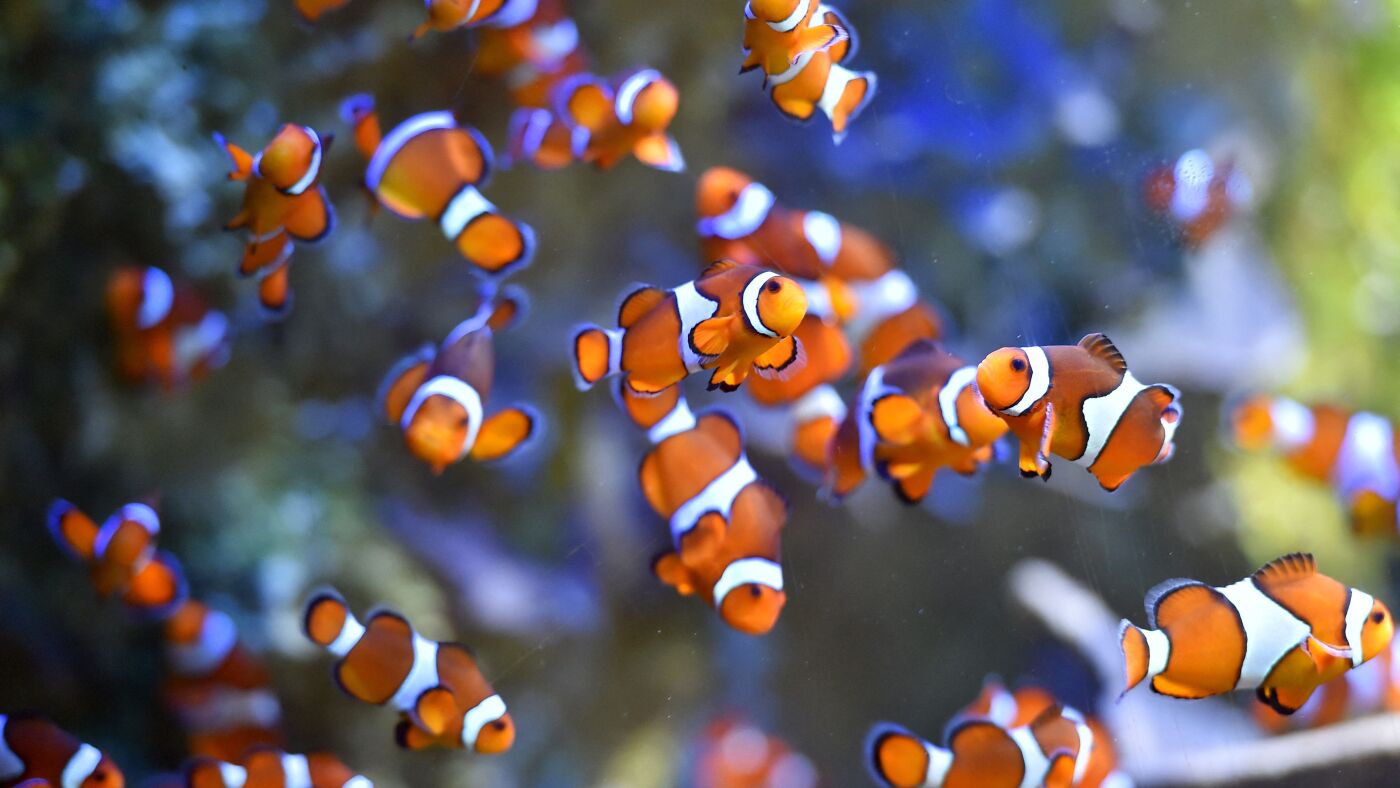The Remarkable Adaptation of Clownfish Shrinking to Survive Ocean Heat Waves
Climate change is reshaping marine life in astonishing ways, pushing species to develop survival mechanisms as they confront rising ocean temperatures. Among these, the clownfish—a small and vividly colored inhabitant of coral reefs, popularized by the film *Finding Nemo*—has emerged as a striking example of adaptation through physical shrinking. This unique response to heat waves uncovers both the resilience and vulnerability woven into marine ecosystems, offering valuable insight into the biological challenges posed by global warming.
An Extraordinary Response: Shrinking Against the Heat
During an intense marine heat wave in 2023 at Kimbe Bay, Papua New Guinea, scientists recorded an unexpected phenomenon: the overwhelming majority of clownfish under observation reduced their body size noticeably. This shrinkage involved a decrease in both length and mass in approximately 75% to 78% of individuals. Unlike conventional adaptations seen in terrestrial or aquatic creatures, such as migration or physiological changes for heat dissipation, clownfish demonstrated an unprecedented morphological adjustment by physically getting smaller.
While the exact biological mechanisms behind this shrinking remain a subject of ongoing research, hypotheses include the reabsorption of bone or tissue. This size reduction is not mere stunting but a calculated, temporary physiological strategy, emphasizing an innovative evolutionary tactic in response to acute environmental stress.
The Benefits of Becoming Smaller: Survival and Social Stability
Shrinking provides clownfish several key advantages during heat stress events. Primarily, reduced body size correlates with lower metabolic demands, allowing the fish to conserve energy and better withstand thermal extremes. Empirical evidence indicates that smaller clownfish are about 78% more likely to survive heat waves compared to their unchanged counterparts, underscoring the survival value of this adaptation.
Moreover, shrinking fosters social cohesion within clownfish communities, which are structured by size-based hierarchies living symbiotically within sea anemones. When breeding pairs and social groups shrink in synchrony, size hierarchies are preserved, averting dominance disputes that could otherwise exacerbate stress and disrupt group stability during already perilous conditions. This social harmony driven by parallel size adjustments illustrates the complex interplay between physiological adaptation and social behavior.
Temporary Transformation: The Resilience of Size Plasticity
The adaptation is not a permanent reduction in size but a reversible transformation, attesting to the clownfish’s developmental flexibility. After the heat wave eases, the fish gradually regain their previous dimensions, “catching up” in growth without apparent detriment to health or reproductive fitness. This plasticity is indicative of a sophisticated biological design allowing rapid responses to fluctuating environmental pressures.
Such elasticity in body size highlights how some species can buffer themselves from short-term temperature surges while maintaining long-term survival and reproductive capacity—a critical feature for enduring the variable and escalating challenges posed by climate change.
A Broader Ecological Lens: What Clownfish Shrinking Reveals About Warming Oceans
This shrinking behavior expands our understanding of climate adaptation beyond the familiar responses of migration, extinction, or gradual physiological shifts. It offers a new perspective on how marine organisms might employ physical and behavioral modifications to navigate increasingly hostile environments.
Yet, clownfish shrinking simultaneously signals stress within coral reef ecosystems. The close relationship between clownfish and their host anemones means that the fish’s shrinking mirrors the declining health and size of the anemones, which suffer from bleaching and heat-related damage. Thus, this phenomenon serves as a biomarker of reef vulnerability and ecosystem distress under the rising pressure of ocean warming.
This dual nature—revealing both the remarkable plasticity of marine life and the severity of environmental threats—highlights the urgent need for efforts to mitigate climate change while deepening scientific exploration into adaptive strategies.
Conclusion: Shrinking Clownfish as a Beacon of Climate Resilience and Warning
The discovery that clownfish can shrink to counteract ocean heat waves is more than a curiosity; it is a profound insight into nature’s ingenuity amid climate adversity. This adaptation not only boosts individual survival odds and sustains social order under crisis but also showcases the dynamic, reversible traits that marine species may depend on in a rapidly changing world.
At the same time, it starkly underscores the intensity and frequency of marine heat stress that disrupts delicate ecosystems. The shrinking clownfish stands at the crossroads of resilience and risk, embodying both the resourcefulness of life and the mounting challenges it faces.
Recognizing and studying such extraordinary adaptations is essential—not only to protect clownfish but to preserve the intricate, interconnected habitats they inhabit. As ocean temperatures climb and climate instability grows, these insights illuminate pathways toward understanding and safeguarding the fragile balance of life beneath the waves.

